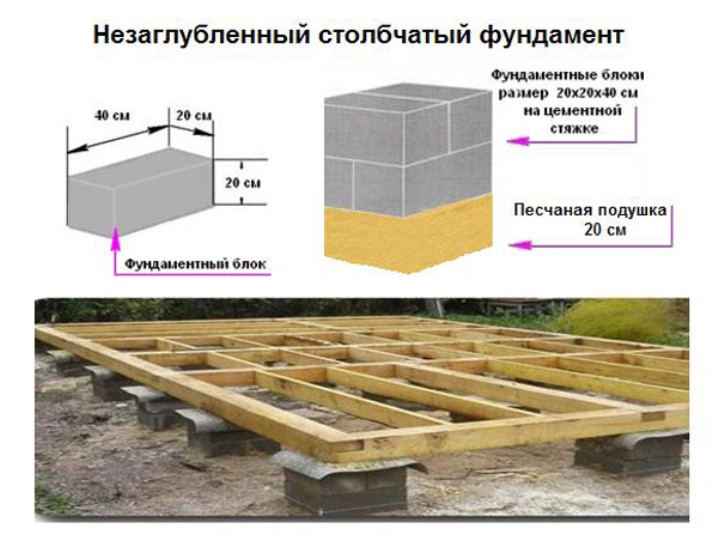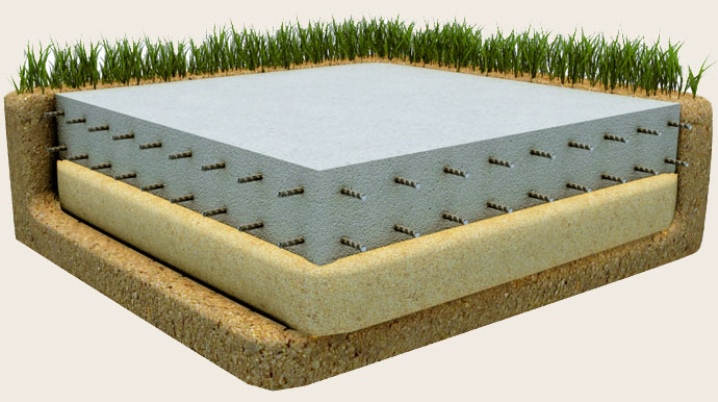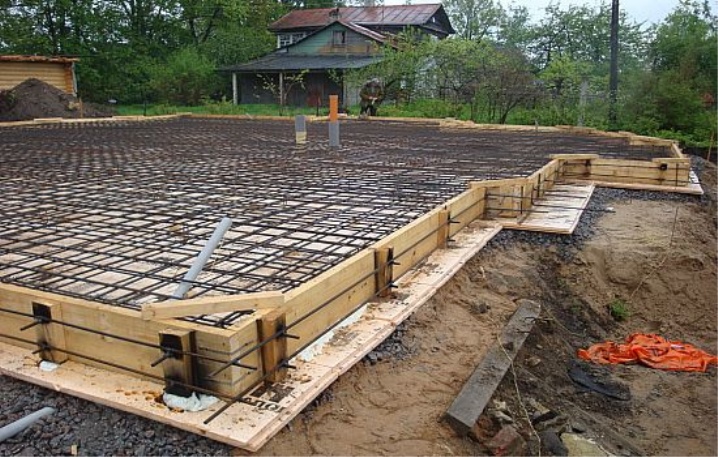Shallow foundation - types and applications

The shallow foundation is used in the construction of light structures on heaving soils, the design of which allows for a small structure without the formation of destruction. It can also be used on coarse and rocky soils for the construction of stone structures. Its peculiarity is that its main part is located above ground level.
Views
There are three types of shallow foundation:
- columnar,
- monolithic slab,
- lattice.

Let's consider each type in more detail.
Columnar
Columnar is a cheap option that can support a light structure on soft soils or a heavy structure on very hard soils. This species is a short vertical support, about 25% of which is buried underground in a pre-prepared burial.
The distance between the posts should be between 1.5 and 2.5 meters.
Materials for creating pillars can be different:
- reinforced concrete,
- metal,
- wood,
- brickwork construction.
Wood requires preliminary treatment to protect it from rotting, it cannot withstand a large weight, therefore it is rarely used, mainly for temporary buildings.
The columnar type is popular in private construction because of its reliability and ease of construction. However, it is only suitable for light buildings.
There is also the problem of overturning some or all of the supports. To exclude this, the supports are made wide at the base and low in height. Also, this problem can be solved by removing the soil layer under the pillar and replacing it with a sand cushion.

Monolithic slab
The monolithic slab is suitable for construction on hard soils where there is no possibility of subsidence. It can also be used in permafrost conditions.
It is a solid concrete slab laid on the ground surface. The main problem arising during the operation of this type is external forces acting on the plate, because it can collapse because of them.

The house itself will press on the stove from above, so it should be light.
When the soil freezes, it presses on the plate from below. To prevent destruction, several measures can be used, both individually and in combination:
- increasing the thickness of the slab gives greater strength.
- reinforcement.
- the use of thermal insulation materials under the slab itself. This will reduce the likelihood of soil freezing.
Lattice
An unburied lattice foundation is a multitude of small slabs. A space is left between them which allows:
- save on material due to the fact that you do not need as much material as for a solid slab;
- since the plate is not solid, then destruction does not occur in this case.

For the formwork, you can use extruded polyester foam, it is not removed after the concrete has dried, but is left as a heater. It is used exclusively on hard and slightly heaving soils, which does not allow its use in many cases. Also, the disadvantage is the complexity of the installation of formwork and concrete pouring. Therefore, this type has not found widespread use.
In some cases, an unburied foundation is suitable for building your own private house. And which type of the existing ones is best suited, you need to choose individually in each case.













The comment was sent successfully.